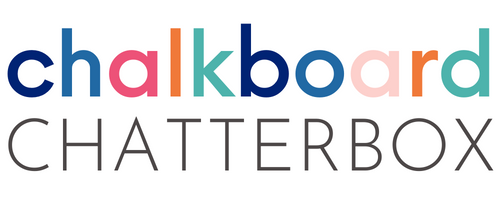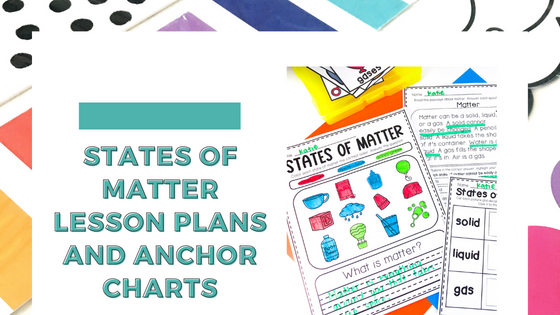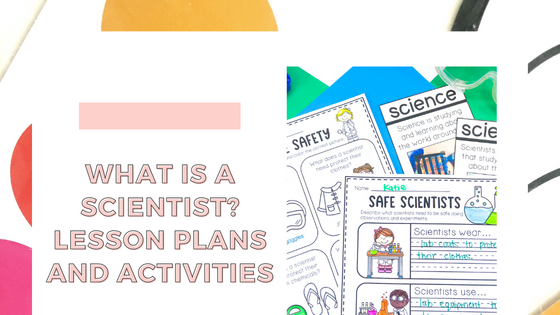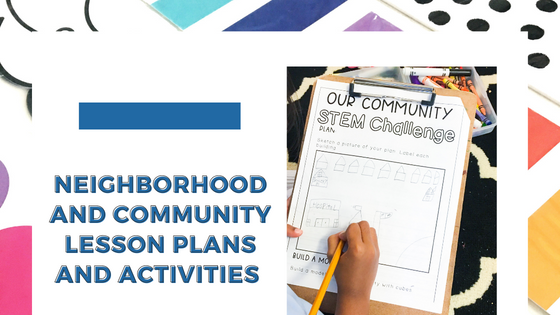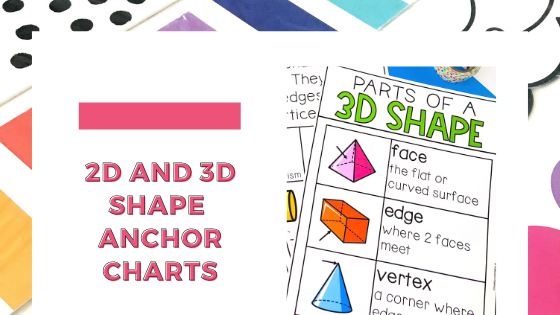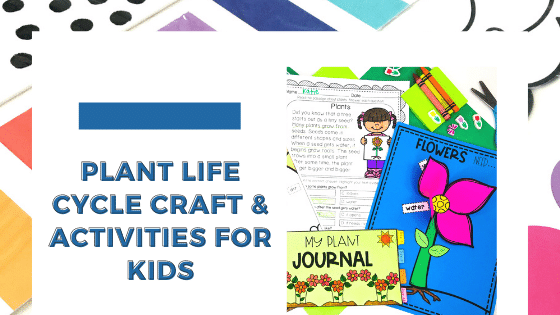This Week, On the Blog
Empower Independent Readers with a Phonics Review Tool
With the changes surrounding phonics instruction, you and your students may be struggling and feeling some frustration. Don’t worry, teacher friend! With this phonics resource, your first or second students will have each phonics lesson summarized into one comprehensive tool.
Word Wall or Sound Wall?: Crack the Reading Code
No matter if you prefer Balanced Literacy or The Science of Reading, reading teachers are looking for the best practices for their students. What is the best way to help students develop, understand and apply new vocabulary? Should reading teachers be using a word wall or a sound wall?
How to Make a Sound Wall Folder for Phonics Instruction
The Science of Reading has recently reminded educators of the importance of daily, systematic phonics instruction. What if your students had access to a personal phonics sound wall? Follow these steps to learn how to create personal sound wall folders that your students can access during writing and spelling instruction.
Why I’m Trading My Word Wall in for a Sound Wall
When you walk through the halls of a school, you’re sure to see classroom word walls. But, have you ever seen a sound wall? In this post, you’ll learn:
What is a sound wall?
The benefits of using a sound wall
How to use a sound wall in your classroom
Valentine’s Day Activities for the Elementary Classroom
Keep your love bugs engaged and having fun until it’s time to pass out their Valentine cards by incorporating these low-prep Valentine’s Day activity stations. In this post, you’ll learn:
how to manage Valentine’s Day activity stations with Google Slides
Valentine’s Day activities for students
Force and Motion Lesson Plans and Anchor Charts
These activities and anchor charts are the perfect addition to your new science unit. With these lesson plans, students will:
understand that motion is the way an object moves
identify the characteristics of forces: push and pull
understand how simple machines help people do work efficiently
Heat, Light, and Sound Lesson Plans and Anchor Charts
With these heat, light, and sound lesson plans, investigations, and anchor charts, students will:
identify characteristics of each form of energy: heat, light, and sound
investigate how heat, light, and sound are used in daily life
States of Matter Lesson Plans and Anchor Charts
Learn about the lesson plans and activities that you can use in your science class to teach:
physical properties of matter
how to identify characteristics of solids, liquids, and gases
the ways in which matter can change from one property to another
What is a Scientist? Activities and Lesson Plans
With these what is science lesson plans and activities, students will:
identify what is a scientist
understand the ways scientists use science tools safely
investigate how to use science tools in a simple science investigation
Neighborhood and Community Activities and Lessons for Social Studies
Are you looking for ways to help your students see themselves as an active member of their neighborhood and community? With these neighborhood and community lesson plans and activities, students will transfer their knowledge by creating a community of their own using the engineering design process.
2D and 3D Shape Anchor Charts
Use bright and colorful shape anchor charts to help students identify 2D and 3D shapes and their attributes. In this post, you’ll find math anchor charts for:
attributes of 2D and 3D shapes
how to identify shapes in the real world
How to Tell Time with Clock Anchor Charts
Use fun clock anchor charts to make telling time to the hour and half hour easier for students to understand. With these anchor charts, students will be able to understand:
the parts of an analog and digital clock
how to tell time to the hour and half hour
Use a Number of the Day to Build Number Sense
How can teachers and parents help students develop a strong foundation in number sense? Introduce the number of the day activity to practice multiple skills for composing and decomposing numbers.
Animal Habitat Anchor Charts and Activities
Looking for new ways to explore and understand more about habitats of animals and other living things? With these animal habitat worksheets and anchor chart ideas, students will:
explore the temperature and climate of different animal habitats
understand that animals in habitats have adaptations that help them survive
identify how a habitat provides the basic needs for plants and animals
Plant Life Cycle Craft and Activities for Kids
Even if your experience with plants has been difficult in the past, you don’t need to have a green thumb to have fun teaching about the life cycle and parts of a plant with these engaging science activities for kindergarten and first grade. With these activities, students will:
identify and understand the function of the parts of a plant
sequence the life cycle of a plant
identify the needs of plants
Exploring the Life Cycles of Butterflies, Frogs, and Plants
How can we help first and second grade students understand the process of plant and animal life cycles? Using engaging and interactive science activities, we can watch life grow and change in front of our eyes. With these resources and activities, students will:
explore how butterflies and frogs change through complete metamorphosis
observe the life cycle of plants
compare plant and animal life cycles
Seasons of the Year Anchor Charts and Activities for Kids
Are you looking for new ways to help students understand the causes and characteristics of the seasons of the year? Don’t get to experience all 4 seasons where you live? No problem! With these activities, we can teach kids to:
identify characteristics of each season
use seasonal patterns to make choices about clothing and activities
Weather Anchor Charts and Activities for Kids
Observing and documenting the weather is a common calendar math activity. How can we teach students ways to use information they learn from weather observations? With these weather crafts and activities, students will:
identify types of weather
understand what tools can be used to measure the weather
use weather observations to make choices about clothing and activities
4 New Place Value Resources for Your Math Routine
When students develop a strong foundation with place value, they can use their skills and strategies to solve more challenging problems.
Use base 10 blocks and money to help students make place value more concrete.
Place value anchor charts and journal pages can be used as a reference all year long.
Money Identification with Anchor Charts
Identifying money can be a challenging for many students. It takes many opportunities of practice for students to feel confident working with money. Having money anchor charts hanging in the classroom can make money identification more familiar. In this post, you’ll find anchor chart ideas for:
identifying coin names and values
equivalent coin amounts
